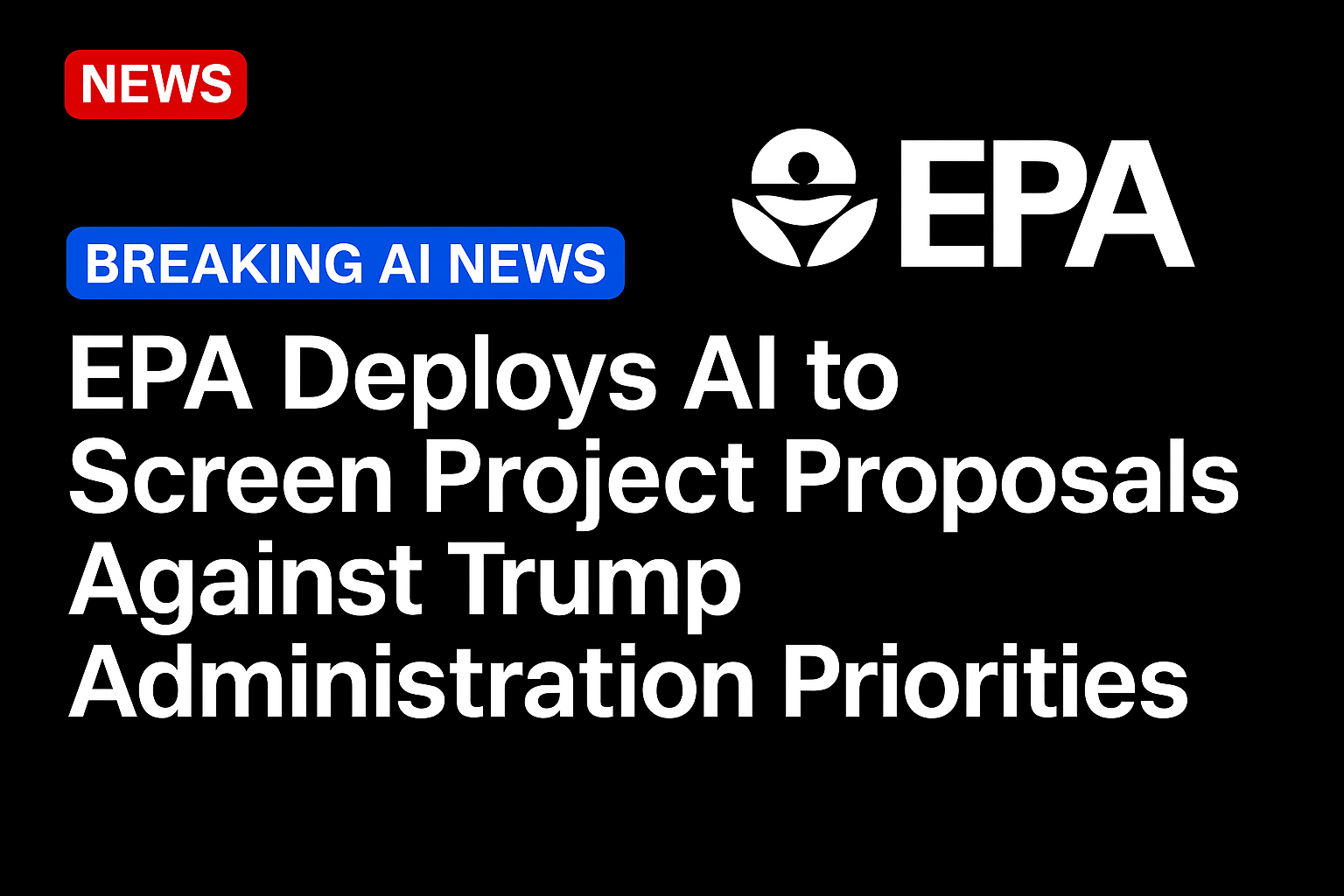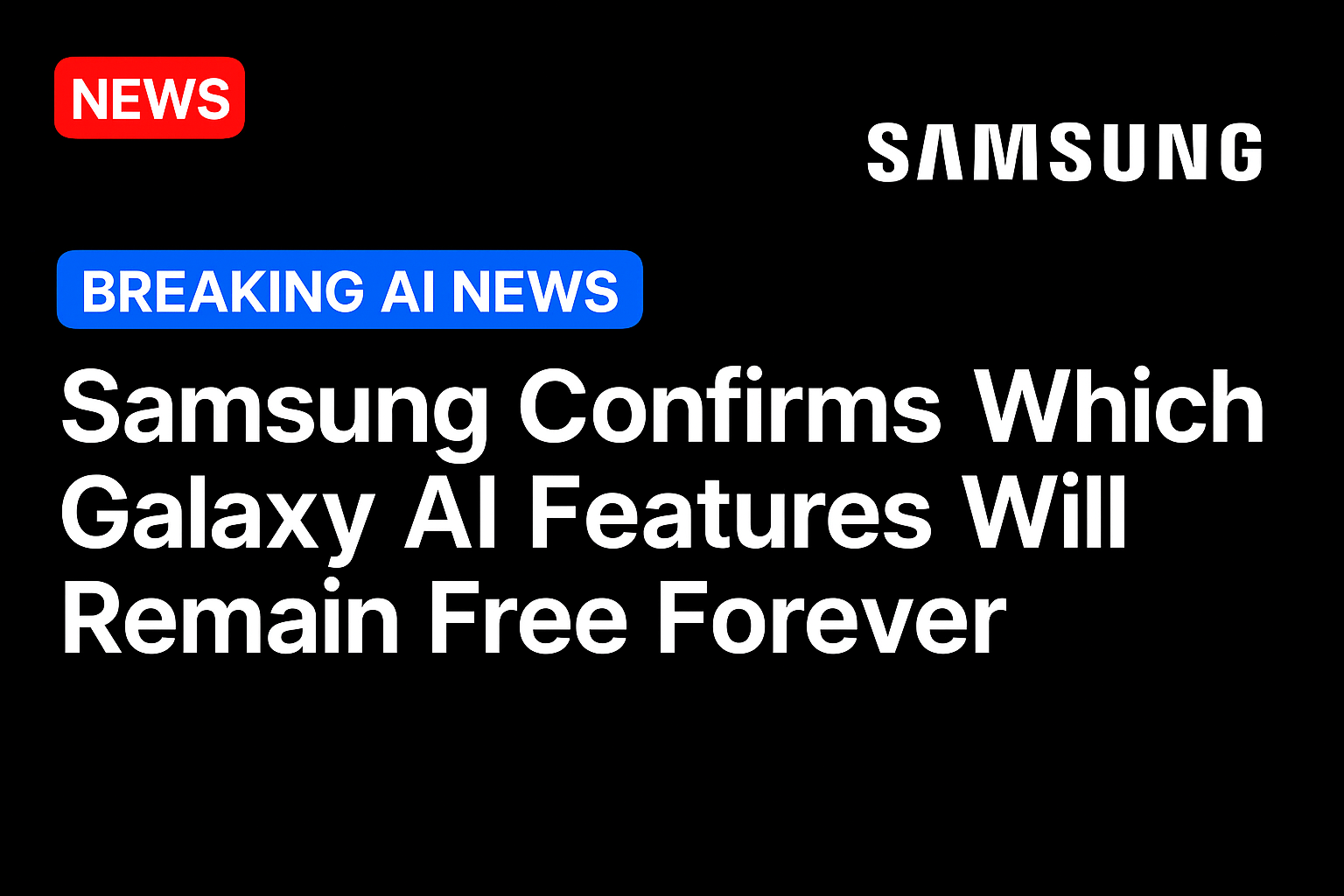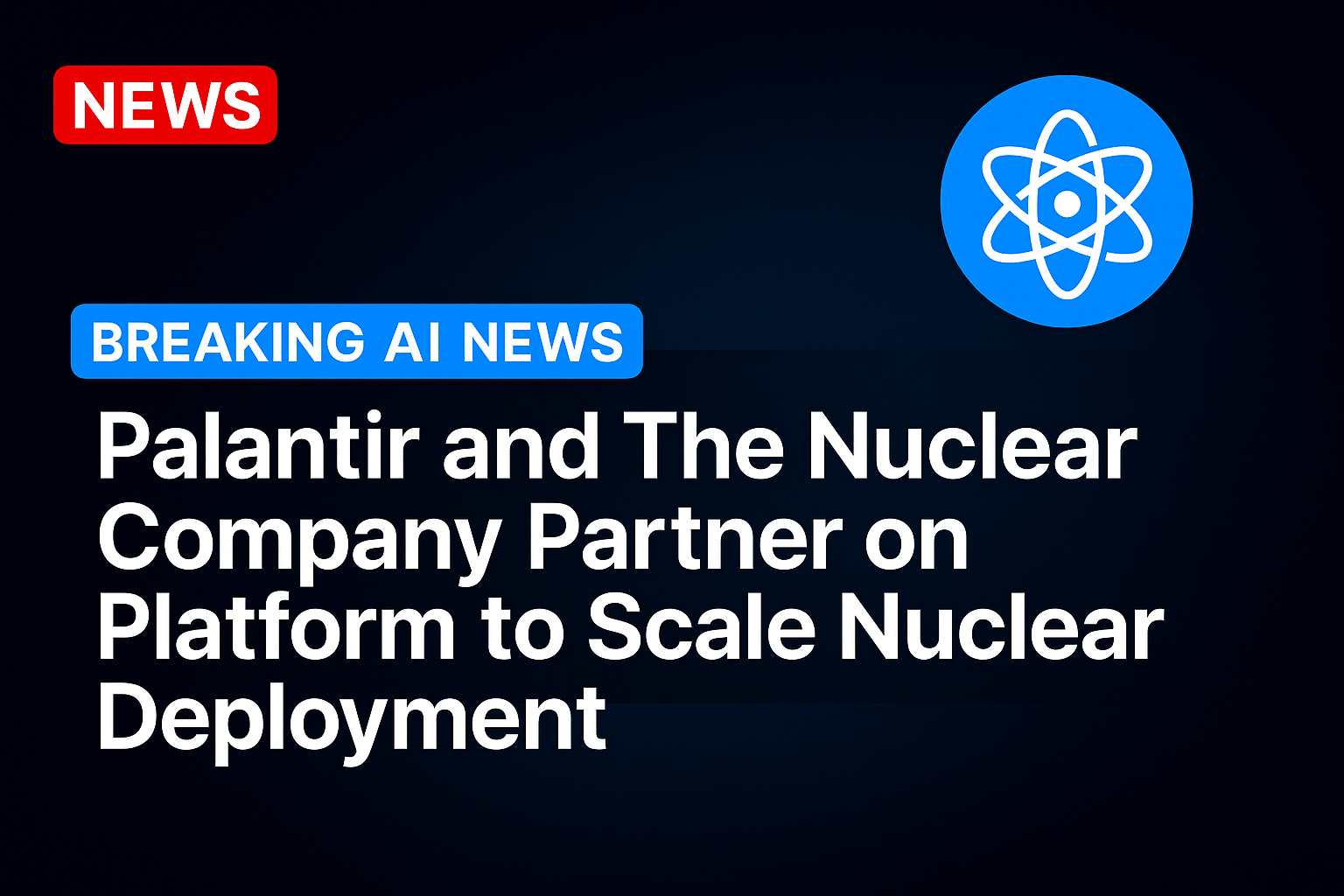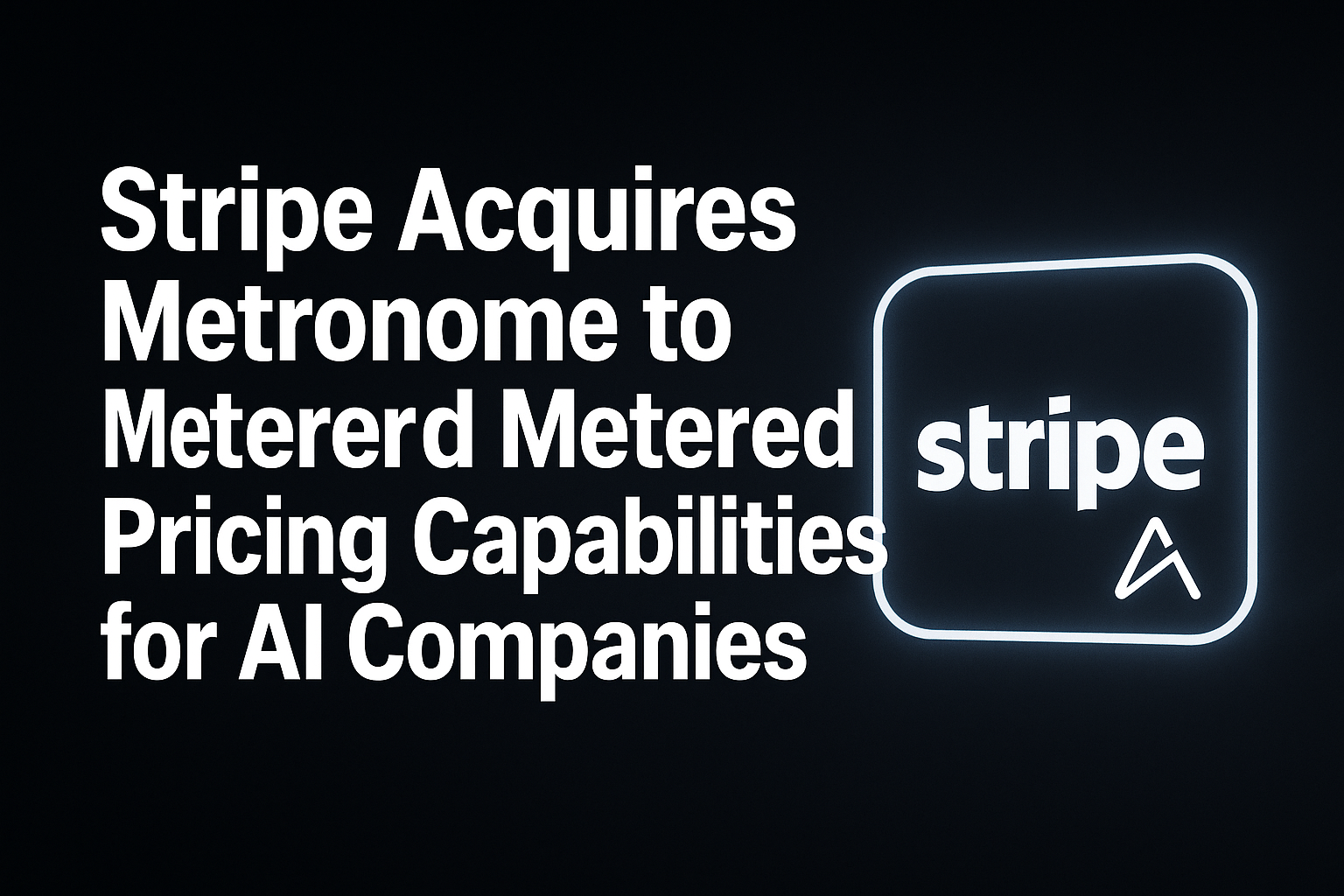The Environmental Protection Agency (EPA) has launched an AI-based review tool named “AI Prompt for EO Compliance” to assist staff in evaluating whether water infrastructure projects—approved by Congress—align with the priorities outlined in President Trump’s executive orders. ([turn0view0])
How the AI Tool Works
- EPA staff use the tool to scan proposal text for keywords or themes that conflict with the administration’s agenda, flagging terms like “clean energy industries,” “climate crisis,” and “diversity, equity, and inclusion.”
- Designed to align funding decisions with the current political priority set, the tool reflects a broader shift toward conditional support based on ideological compatibility.
Bigger Picture & Context
- AI Institutionalized in EPA Policy Tools
AI now stands as one of five strategic pillars in the agency’s restructuring plan, underpinning everything from project reviews to internal workflows—part of a sweeping reorganization under Administrator Lee Zeldin. ([turn0search9], [turn0news27]) - AI as a Workforce Multiplier
The EPA previously rolled out an OpenAI-based tool to streamline tasks like summarizing lengthy reports. It emphasizes automation to lighten workloads—but keeps humans firmly in the loop for all decisions. ([turn0search0]) - Deregulatory Momentum
Under this administration, AI is becoming instrumental in expediting approval processes (e.g., for data centers) and reducing scrutiny under environmental statutes such as the National Environmental Policy Act (NEPA). Critics warn this may weaken public oversight. ([turn0news25], [turn0search8])
Implications to Watch
- Priorities over policy: AI is now acting not just as a technical assistant, but as a gatekeeper for ideological alignment.
- Risk of reduced inclusivity: By automatically flagging common themes like “climate crisis,” the tool could exclude proposals addressing environmental and social equity—raising concerns among advocates.
- Evolving AI role: It reflects a broader trend of embedding AI deeply into governance functions—and exposing how powerful tech can shift bureaucratic norms and decision-making cultures.





